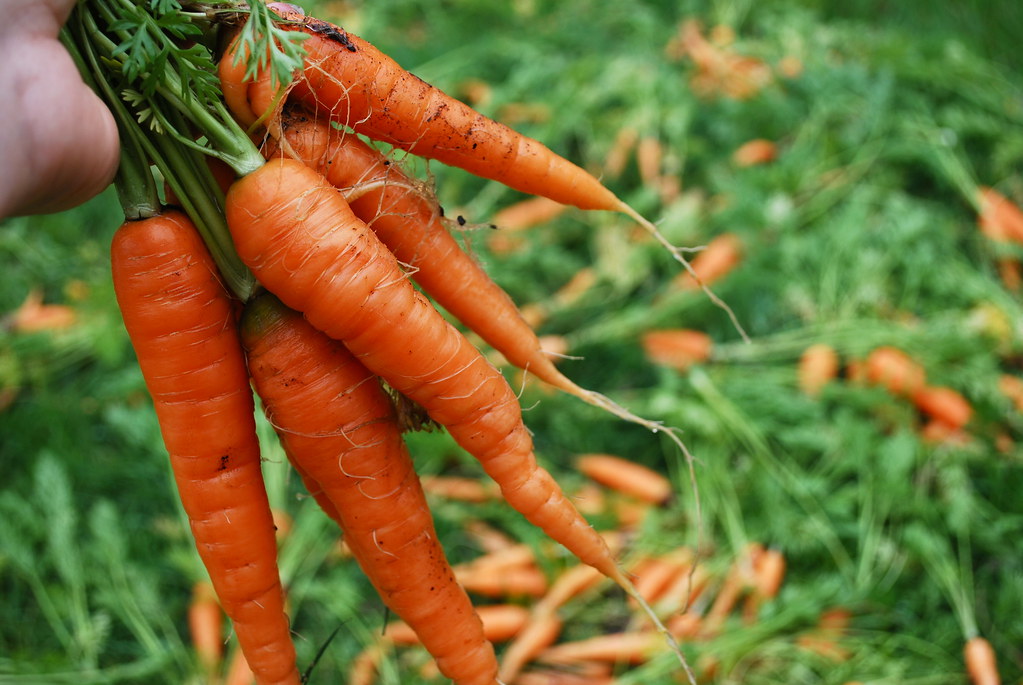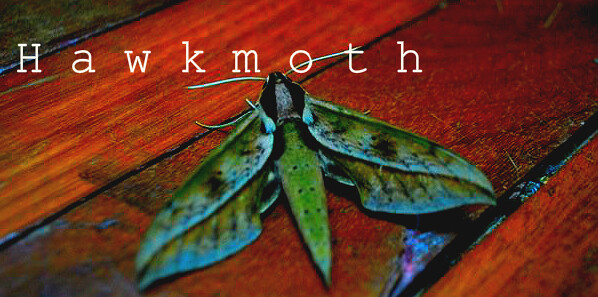
Pesticides are used to kill or control the
organisms that damage crops. Herbicides, fungicides, disinfectants, and rodent
poisons all fall under this umbrella. These chemicals are widely used in
commercial agriculture to maximize efficiency in production.
Although pesticides are applied externally, they can
accumulate in the edible tissues of the plants we eat. According to
the EPA, “studies show that pesticides can cause health problems, such as birth
defects, nerve damage, cancer, and other effects that might occur over a long
period of time…pesticides also pose unique health risks to children.”

Last month, The Environmental Working Group (EWG) released
its annual Shoppers Guide to Pesticides in Produce. The document is based on
USDA tests of pesticide contamination in 48 popular produce items, and ranks
these items accordingly. From this list comes the well-known “Dirty Dozen”: the
12 most pesticide-laden fruits and veggies of 2013, and “The Clean 15- the
produce least likely to test positive for pesticide residues”.
Through their annual guide, The EWG “aims to give consumers
confidence that... they can buy foods with fewer types of pesticides and lower
overall concentrations of pesticide residues.” On their website, the EWG also provides videos
including an interview with Dr. Alex Lu of Harvard.
Dr. Lu enumerates the health risks of pesticide exposure,
particularly to children. He notes that children are “the most vulnerable
population” to pesticide exposure because they are still growing, and lack many
adult mechanisms of detoxification. Dr. Lu goes on to say, “I would recommend
families look into information provided by The Environmental Working Group…to select foods
to buy organically or [to determine] when conventional would be fine.”

But is conventional ever fine? How exactly does the EWG
detect and rank pesticide contamination, and what qualifies as “clean”?
To compare the 48 fruits and veggies of interest, The EWG
considered six measures of contamination:
1. Percent of samples tested with detectable
pesticides
2. Number of pesticides found on a single sample
3. Maximum number of pesticides found on a single
sample
4. Percent of samples with two or more detectable
pesticides
5. Average number of pesticides found on a single
sample
6. Total number of pesticides found on the
commodity
Fruits that made The Clean 15 list did not test positive for
more than four types of pesticides, and vegetables rarely had more than one
type of pesticide residue.
To me, that doesn’t count as clean. Relative to the dirty
dozen, the clean 15 are much less likely to contain a diverse array of
pesticides, but they’ve still been sprayed with poison. This list is
problematic because it implies that these 15 items don’t need to be purchased
from organic growers. As Dr. Lu says, The EWG is providing consumers with a
comparative method to decide when it’s necessary to buy organic.

Realistically, ALL produce should be grown organically. Even
root crops and fruits with protective outer skins can accumulate pesticides
internally. Chemicals leach into groundwater and can enter our waterways as runoff,
even for foods that made The Clean 15 list this year.
I agree that The EWG’s aim to “give consumers confidence
[to] buy foods with fewer types of pesticides and lower overall concentrations
of pesticide residues” is useful, but we must consider what binaries like “The
Dirty Dozen” vs. “The Clean 15” imply to consumers in the big picture of building a more sustainable society.

No comments :
Post a Comment